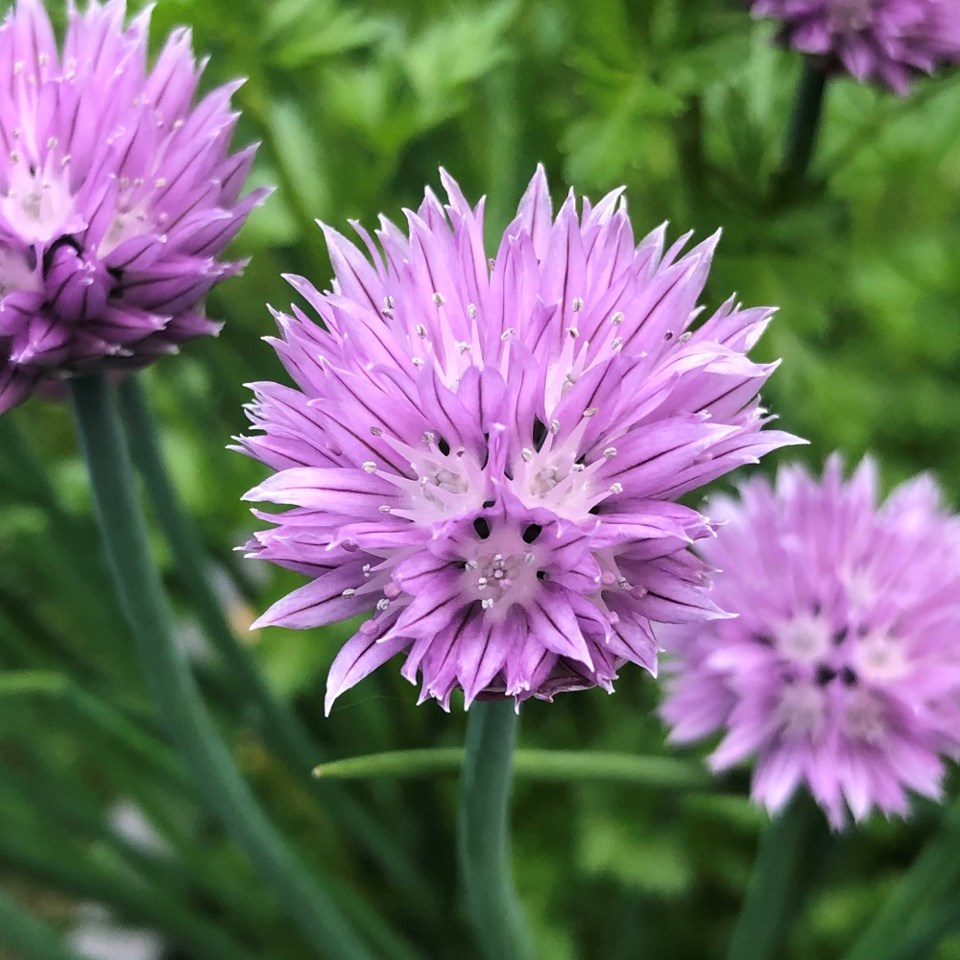With the growth in our culinary diversity, there’s been quite a resurgence in the demand for fresh herbs to add new flavours and zest as we enjoy so many opportunities to expand the range of our everyday cuisine.
Herbs not only have delightful and useful foliage, but their fragrance and flowers can also be a welcome addition to any garden or patio. One of the key things to understand about herbs is the difference between the perennial varieties that come back year after year, and the more tender annual herbs which should only be planted out in late May or early June. Perennial herbs can be harvested all year-round while most of the annual herbs will finish in late September or early October.
Small space, balcony and patio gardens are our new reality and herbs adapt easily to all locations. They are among the easiest plants to grow and incredibly tolerant of neglect. That said, they will perform better and look far more attractive given a little care and attention.
I’m a big fan of growing herbs in containers and I love to plant combinations including edible annuals like violas. One of the first considerations, however, is the style of the container. Size does matter, and the larger the better. Good-sized containers hold more soil, so retain more moisture and require watering less often, which is a bonus during the hot, dry summer months. If you intend to grow the hardier herbs year-round, make sure you purchase a container that will withstand moderate to heavy frost. The soil you use should be a well-draining mix, and I find the professional blends like Pro-Mix, as well as many organics ones, work well.
When choosing herbs, select the varieties you know and will use most frequently. Parsley, both the "Double Moss Curled" and the single leafed "Italian," is delightful in a range of dishes from soups and stews to lightly braised vegetables and egg dishes. It also makes a great garnish and breath freshener. The flat leafed "Italian" strain has a bit stronger flavour so is by far the best culinary variety.
Chives are some of the hardiest and most ancient of all herbs. I love garlic chives added to cheese dishes, salads, herb butters and sour cream dips. In spring the edible puffy pink chive flowers are perfect to sprinkle on salads.
Mint can be invasive but is better behaved in containers. Today, we have many varieties of mint, ranging from the old English, to apple, chocolate, orange and spearmint to name a few. Very popular as garnishes and in teas and drinks – Mojito mint anyone?? – they will also spice up salads, soups and meat dishes.
Plant cousins, oregano and marjoram are very similar in flavour. Both are commonly used in Mediterranean and Middle East cuisines. Oregano is often used in potpourris and the most beautiful of all is "Kent Beauty," with its pendulous pink flowers which bloom all summer. "Origami" is a very similar pink variety which is surprisingly hardy.
Thyme has a unique perfume and lemon thyme is becoming very popular because of its wonderful flavouring in soups and sauces, especially in Italian dishes. Thyme will also enhance the flavour of fish, poultry, and pork.
Basil is perhaps the most-sought-after herb because of its great relationship with tomatoes from sauces to salsa. Basil should never be planted outdoors before early June as it needs to have hot, dry weather to minimize damping off.
Rosemary, with its many trailing and upright forms and captivating perfume is one of the most beautiful of all herbs. A few sprigs of rosemary will lift the flavour of meats, like lamb and pork, and bring stews and stuffings to a new level. Rosemary "Arp" is one of the hardiest varieties; r. "Roman Beauty" is the most delicately shaped; and r. "Renzels Irene" has the most delightful trailing form for hanging baskets.
Cilantro (it really is coriander) has been cherished for thousands of years. For a continuous crop, you can collect its seeds as it bolts and replant, but it also reseeds easily in containers. For a fresh supply, you can keep planting every few weeks all summer long.
These are, by far, the most popular of all herbs but today there are so many more varieties available, for both culinary and medicinal uses, and they are so easy to grow, that it’s hard to imagine a small balcony or garden without some.



